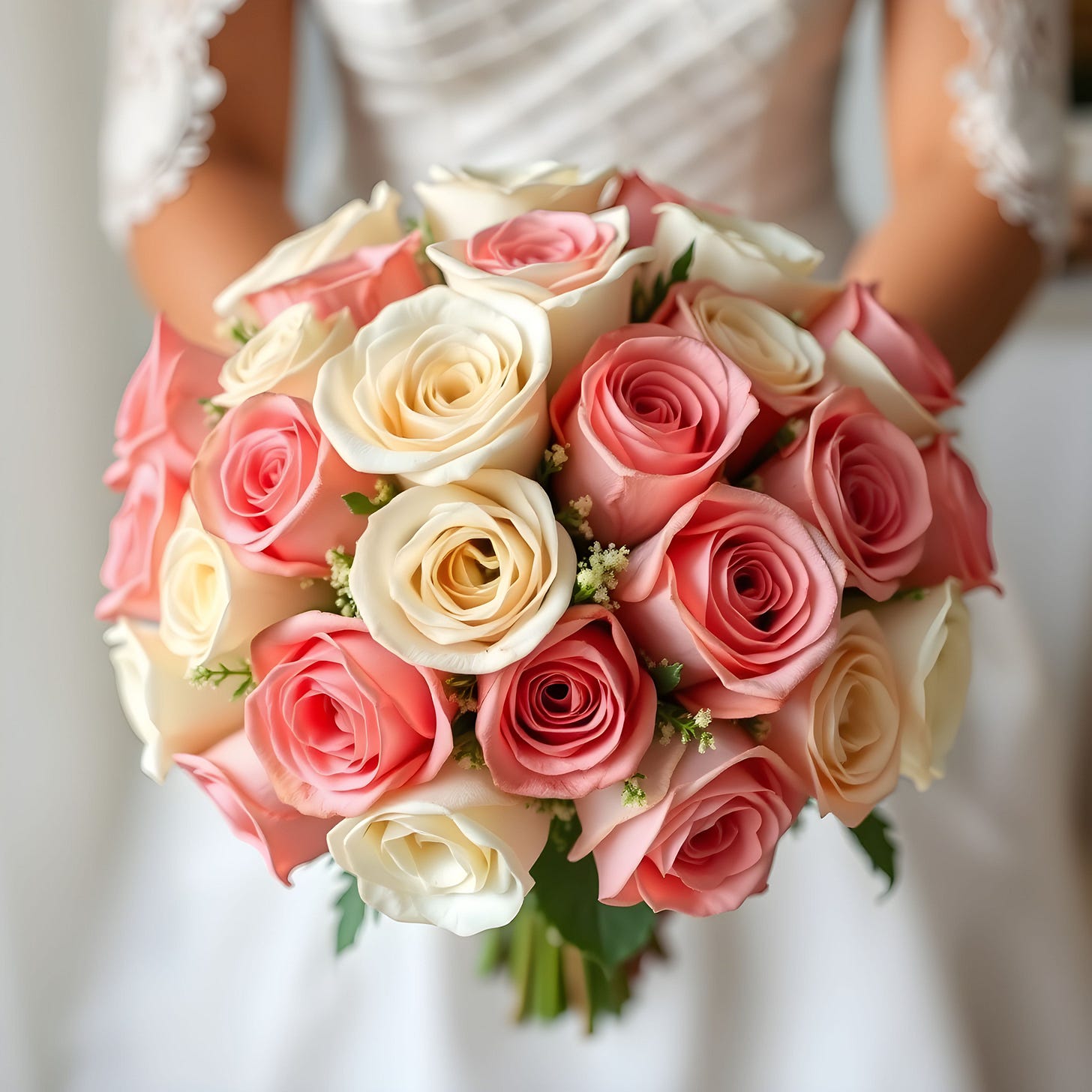The Evolution of Wedding Flowers Through the Decades
Wedding flowers have long been a centerpiece of matrimonial celebrations, symbolizing love, fertility, and new beginnings. Over the decades, floral trends have shifted dramatically, reflecting cultural changes, economic conditions, and evolving aesthetics. From the restrained elegance of the early 20th century to today’s bold and personalized arrangements, let’s explore how wedding flowers have transformed through time.
The 1920s: Art Deco Elegance
The Roaring Twenties brought glamour and sophistication to weddings. Brides favored delicate, understated blooms like gardenias, orchids, and lily of the valley, often arranged in tight, structured bouquets that complemented the sleek lines of Art Deco fashion. Cascading bouquets were also popular, trailing elegantly with ribbons or lace. Floral headpieces, such as halo-style wreaths or jeweled clips adorned with flowers, added a touch of Hollywood-inspired flair.
The 1940s: Simplicity Amid Scarcity
The 1940s, shaped by World War II, saw practicality take precedence. With resources scarce, brides often used locally grown flowers like chrysanthemums, roses, and carnations. Bouquets were smaller, and many couples opted for homegrown or wildflower arrangements. Corsages became a staple, worn by brides and guests alike, reflecting a resourceful yet romantic spirit. Flowers were often paired with patriotic elements like red, white, and blue ribbons.
The 1960s: Free-Spirited and Natural
The 1960s embraced a bohemian vibe, with weddings reflecting the era’s free-spirited ethos. Daisies, sunflowers, and wildflowers dominated, often loosely arranged to evoke a natural, carefree look. Brides carried relaxed, hand-tied bouquets, sometimes incorporating greenery like ferns or ivy. Flower crowns surged in popularity, aligning with the hippie movement’s love for nature and individuality.
The 1980s: Bigger is Better
The 1980s were all about extravagance, and wedding flowers were no exception. Roses, peonies, and hydrangeas were arranged in large, opulent bouquets, often accented with bold foliage like eucalyptus or monstera leaves. Bright colors like fuchsia, coral, and red reflected the decade’s vibrant energy. Centerpieces were grand, with towering arrangements and cascading floral arches becoming statement pieces at receptions.
The 2000s: Minimalism Meets Modernity
By the 2000s, wedding aesthetics leaned toward sleek minimalism. Calla lilies, orchids, and tulips were favorites for their clean lines and modern appeal. Monochromatic color schemes, often in whites, creams, or soft pastels, created an elegant, cohesive look. Couples began incorporating non-floral elements like crystals, feathers, or metallic accents into bouquets and centerpieces, blending tradition with contemporary flair.
The 2020s: Personalization and Sustainability
Today’s wedding flowers are all about individuality and eco-consciousness. Couples are choosing locally sourced, seasonal blooms like dahlias, ranunculus, or anemones, often in vibrant, unexpected color palettes. Dried flowers and pampas grass add texture and a nod to sustainability, as they can be reused or repurposed. Many opt for “flower bars” at receptions, allowing guests to create their own bouquets, or incorporate edible flowers into cakes and cocktails for a unique twist.
Looking Ahead
As we move further into the 2020s, the focus on sustainability and personalization will likely deepen. Expect more dried and preserved blooms, innovative uses of greenery, and even tech-infused floral designs, like LED-lit arrangements for evening ceremonies. Whatever the future holds, wedding flowers will continue to tell the story of love, evolving with each generation’s values and vision.




